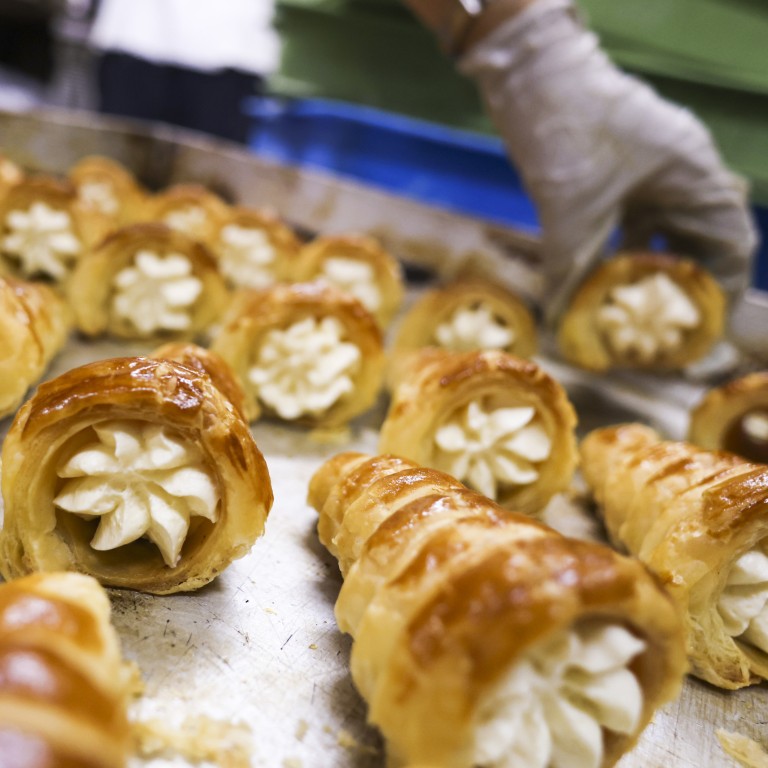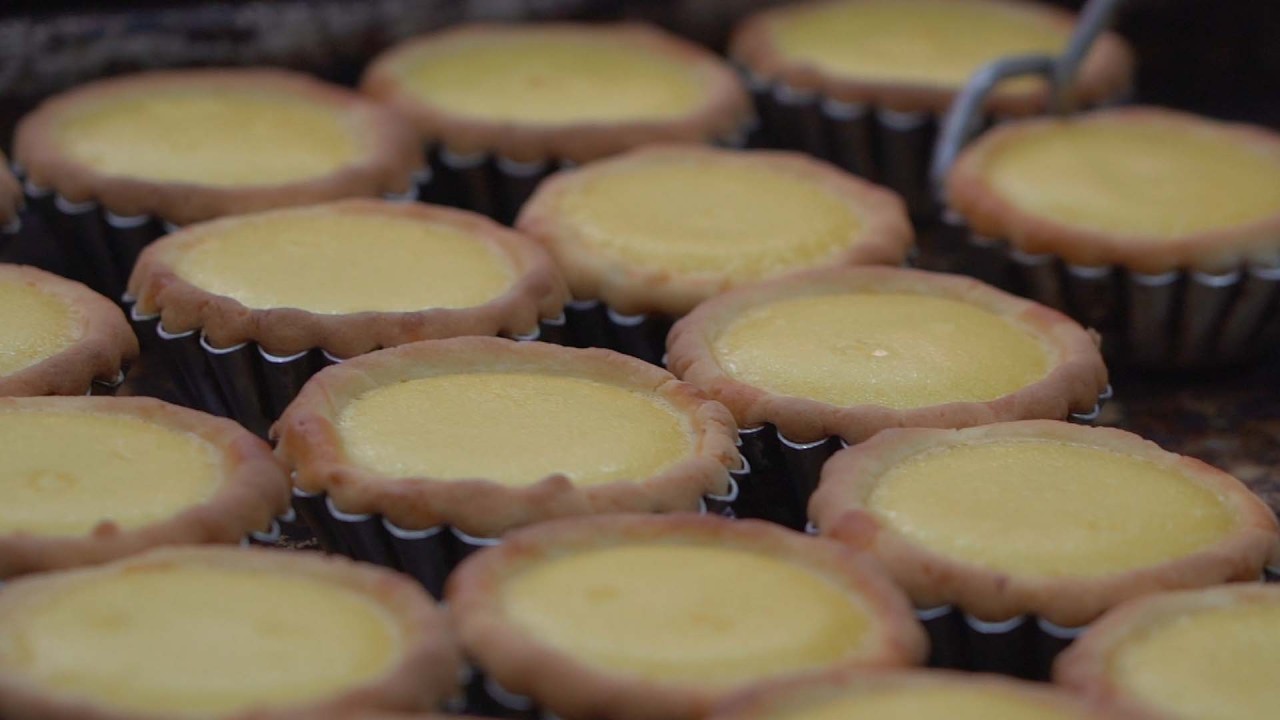
When Hong Kong loses small stores like Happy Cake Shop, we lose a sliver of our soul
- One by one, these little shops are going. Local culture is eroded a little more, as is the social network and a communal lifestyle
- The failure to save these small shops, as opposed to historic buildings, will leave us with only a skeleton of cultural heritage – not the soul
We are witnessing a slow death of Hong Kong’s traditional heritage. The disappearing snacks are the most obvious victims. Whenever a small shop closes down, it takes something near and dear from the neighbourhood. The not-so-obvious casualties are the unique ways the shops made these foods, and the history behind the traditional signs and particular styles of decor.
And the most precious things we lose are the day-to-day intimate connections between the shop owners and their customers, and the community focal points that provide affordable everyday food.
They welcome residents from all walks of life and have something for everyone. Over decades, they have constituted an inconspicuous social network that is localised, relatable, widespread, ordinary and welcoming. This is why they have become part of millions of people’s collective memories.
One by one, these little shops of Hong Kong are going. With each disappearance, local culture erodes a little more, as does the social network that provides invisible emotional support in the community.
However, those big projects have not saved anything as precious as a communal lifestyle. Rather, they often focus on saving the building itself. In the case of Central Market, six different types of stalls that once sold fish, poultry and so on were preserved to help the public imagine what the former wet market was like. This is the mere appearance of heritage. Sadly, it is easier to preserve the appearance than the real thing.
Can Sham Shui Po be as cool as Brooklyn?
As long as we keep pouring in money, we can preserve historic buildings or clusters of stalls – we can even mass-produce cream cones. But we would not be bringing them back to life. This would require a far more complex process, involving more stakeholders. Yet, failure to act will leave us with a city that has only a skeleton of cultural heritage – not the soul – and some token allusions to the past.
We need to start thinking about how to preserve small things like a cream cone, as well as their context and environment. Not only must we keep Hong Kong’s traditional heritage, we should also preserve the connective tissue and social cohesion that makes Hong Kong unique and colourful.
If some of these spaces could be utilised to bring back traditional foods or handicrafts that can be enjoyed by neighbourhoods, we may have a Hong Kong that is once again rich in cultural heritage.
And when Hong Kong finally exits the pandemic, more nuanced and valuable local experiences will be available to ourselves and tourists.
April Zhang is the founder of MSL Master and the author of the Mandarin Express textbook series and the Chinese Reading and Writing textbook series


